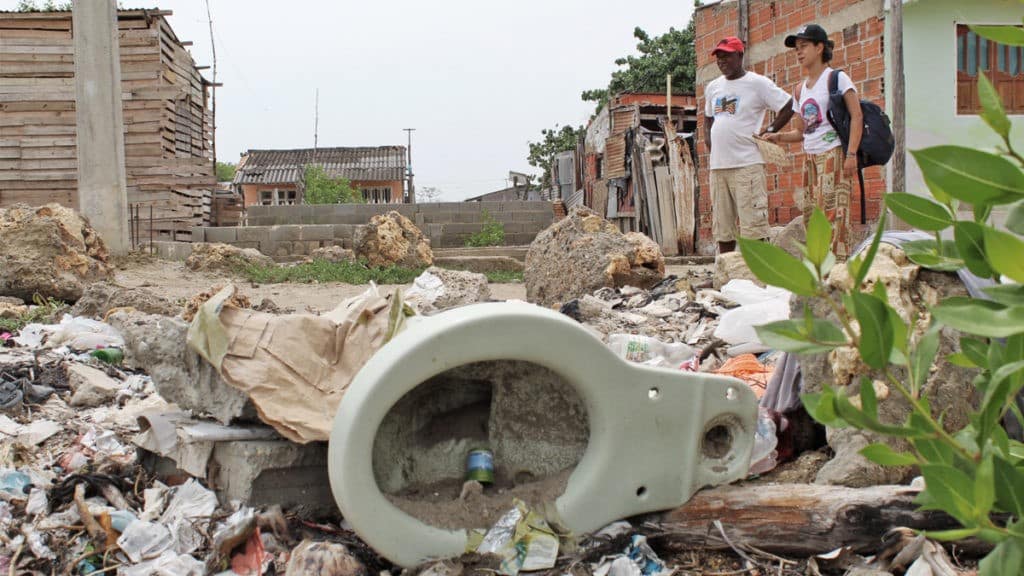Some 30 million Latin Americans living in rural areas only have access to rudimentary outdoor latrines. Colombia is no exception and three out of 10 rural farmers do not have access to basic sanitation.

30 million Latinamericans live in rural areas without access to toilets.
Access to a toilet is often taken for granted, even those this privilege can have vital importance. Access both decreases poverty and dignifies people but is not prevalent in many areas of Columbia. To access basic sanitation in some locations of La Guajira, for example, it is necessary to travel up to seven hours.
Colombia is not the only country suffering today from this problem: millions of rural farmers across South America either go to the bathroom outside, using latrines only in the best of circumstances. According to figures from the Fifth Latin American Meeting of Water and Sanitation (Latinosan), only roughly 80% of Latin Americans have basic access to sanitation resources. That is to suggest that there is still 20% of households without toilets.
Yamileth Astorga Espeleta, president of Latinosan, said during the conference earlier this year: “A lot of investment is being made in urban areas, leaving little investment for rural areas.” She added that projections suggest rural Latin America will have to wait until 2080 to have access to safe water and sanitation.

An example of the toilets used in rural Columbia.
In addition to La Guajira, where only 4 percent of the rural population has access to drinking water, in Putumayo – at the other end of the country – figures from the National Administrative Department of Statistics (Dane) suggest the coverage of basic sanitation and sewerage does not exceed 75 percent, making this area of the country the most risk-averse.
These figures explain that while access to sanitation resources in Colombian cities reaches 92%, this number drops to 71% in rural areas. That is, three out of 10 people in rural areas do not have safe sanitation.
To address the issue, the Columbian government has set a target for 2022 within the National Development Plan (NDP) to provide appropriate wastewater management solutions for the 480,000 inhabitants of rural Columbia.
Astorga, however, claims that is number is short. He assertsthat more than 4.5 million people would remain without coverage under the current plan and that the state willtake 40 more years to provide sanitation services for the entire country.

The significance of a toilet.
Today, more than 400,000 people die each year from diarrhea and other diseases related to a lack of safe sanitation, as people often consume untreated water. This is why it is vital to have a toilet, where waste is treated and there is no risk of contaminating water sources for human consumption.
An important definition of poverty is the lack of goods and services, limiting access to education, health, and quality of life. By this definition, basic sanitation can reduce poverty by 6%.
Tierra Grata, an organization that works to reduce poverty and bring basic sanitation to rural Latin America suggests that a push towards greater access to vital sanitation services requires international cooperation. It is only by coming together that we can best help those in need.
Adapted article from Rural Week.
